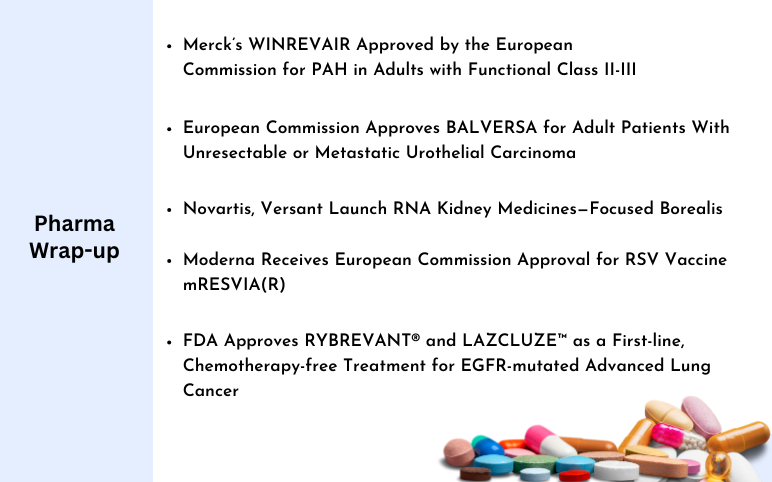Pulmonary Arterial Hypertension (PAH) is a chronic, life-alarming disease that advances over time. It is a rare disease characterized by the increased blood pressure in the arteries of the lungs. It is somehow different from normal high pressure in a way that blood pressure rises only in the arteries that carry blood from the heart to lungs. The cause behind is the tightening and stiffening of the arteries in question, which leads to the right ventricular dysfunction and vessel obstruction.
Pulmonary Arterial Hypertension classification is based on the pathogenesis of the disease such as Idiopathic PAH, heritable PAH, and PAH associated with conditions such as connective tissue disease (CTD)-PAH, HIV-PAH, Congenital Heart Disease (CHD)-PAH and Schistosomiasis. Many times when the reason behind the rise in the blood pressure is not apparent, and then it is termed as Idiopathic Pulmonary Hypertension. Although several factors like a family history of PAH, obesity, obstructive sleep apnea, sickle cell anaemia, HIV, and many others hold the potential to accelerate the Pulmonary Arterial Hypertension risks.
Pulmonary Arterial Hypertension Epidemiology
According to DelveInsight estimates, Pulmonary Arterial Hypertension total prevalent cases were estimated to be 71,522 cases in 2017 in 7 major markets. Moreover, Pulmonary Arterial Hypertension higher prevalence was 53,063 in the United States in 2017 was seen. Among EU5, Germany had the highest PAH prevalence whereas, Spain had the lowest.
Pulmonary Arterial Hypertension is known to affect different individuals in different ways. So, it gets challenging to diagnose Pulmonary Arterial Hypertension. Some affected individuals may experience puffiness or swelling in legs and ankles, some may catch flu or virus, some may start to cough blood, and some may notice bluish discolouration of the skin due to the low levels of oxygen in circulating blood. During the initial days, many of the people do not even realize the symptoms.
Pulmonary Arterial Hypertension Symptoms are generally due to the shortage of oxygen in the blood. Chest pain, swelling in legs, face and ankles, excessive fatigue, shortness of breath and passing out are some of the common symptoms. The primary purpose of Pulmonary Arterial Hypertension treatment is to improve symptoms of patients and to slow the rate of clinical deterioration. General measures, supportive therapy, pharmacological treatment and surgical treatment are used for Pulmonary Arterial Hypertension treatment.
Pulmonary Arterial Hypertension Therapie
At present, Letairis/Volibris (GlaxoSmithKline plc/Gilead Science), Opsumit (Actelion Pharmaceuticals Ltd.) and Tracleer (Actelion Pharmaceuticals Ltd.) are the approved therapies for the treatment of Pulmonary Arterial Hypertension. Several Pharmaceutical companies like Arena Pharmaceuticals, Complexa, PhaseBio Pharmaceuticals and Camurus are focusing on developing combination therapies to address the current issues of Pulmonary Arterial Hypertension Treatment. Also, they are focusing on developing novel therapies for targeting various disease mechanisms.
The effect of one such oral therapy- Beraprost on Pulmonary Arterial Hypertension was studied. According to the recent study published in the journal, Medicine. Beraprost, an orally active prostacyclin analogue, which is present in the body naturally and is responsible for dilating the blood vessels. Beraprost is, in general, used to treat peripheral chronic arterial occlusive disease. The study was conducted to uncover the reason behind much-increased efficacy and safety of beraprost in patients with pulmonary hypertension (PH) due to left ventricular systolic dysfunction. The results showed that routine oral administration of beraprost sodium added to the usual treatment reduced systolic pulmonary artery pressure. There were also no instances of cardiac death, myocardial infarction, shock, severe bleeding, or severe impairment of liver function.



